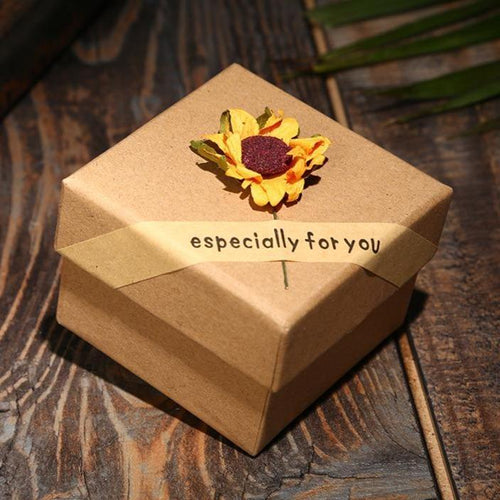Do you know that bees see flowers much differently than we do?
The remarkable eyesight of bees has long been a source of fascination in the scientific community. Thanks to the observations and scientific investigations of Austrian Nobel Prize-winning ethologist Karl von Frisch, we have learned that bees can actually see color!
Humans see light in wavelengths from approximately 390 to 750 nanometers (nm). These wavelengths represent the spectrum of colors we can see. Bees, like many insects, see from approximately 300 to 650 nm. That means they can’t see the color red, but they can see in the ultraviolet spectrum (which us, humans, cannot). Bees can also easily distinguish between dark and light – making them very good at seeing edges. This helps them identify different shapes,
However, the can see reddish wavelengths, such as yellow and orange. They can also see blue-green, blue, violet, and “bee’s purple.” Bee’s purple is a combination of yellow and ultraviolet light. The most likely colors to attract bees, according to scientists, are purple, violet and blue.
But a bee’s super sight powers go much farther than seeing mere colors. A bee can also detect polarized light. Polarized light moves in one direction. A bee’s amazing eye can scan and match the polarization patterns in the sky. It’s a bee version of GPS. They are able to use this polarized light as a navigating system. What makes this such a unique thing is that bees can use polarized light to locate direction even when the sun isn’t shining. They then communicate these directions to the colony. Basically, it’s a bee road-map. Bees can find their way back home by checking the pattern of polarized light in the sky.

Studies have shown that if deprived of ultraviolet light, bees lose interest in foraging and will remain in the hive until they are forced out by starvation and severe food shortages. UV light is critical in a bee’s ability to find nectar. Bees don’t see the same flower color that we do. The UV patterns on the petals of a flower can be compared to the landing deck of an aircraft carrier. Those patterns guide the bee to land at the nectar source. It also explains how bees are able to select a particular species of flower from a field of white flowers.
So next time you see a bee buzzing around your garden on a warm summer day, imagine how they see the world and think about how much of nature is invisible unless you see it through the right pair of eyes!
A portion of every purchase at Bee Kind Shop is donated to non-profit organizations that help save bee colonies around the globe.











